#Beit She'an
Explore tagged Tumblr posts
Text

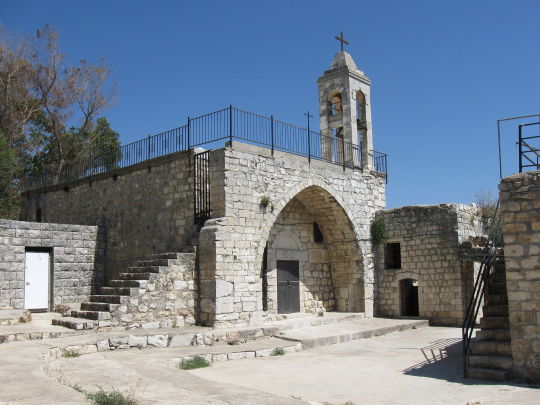
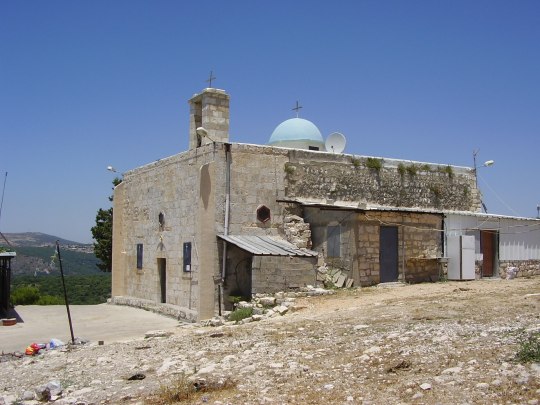
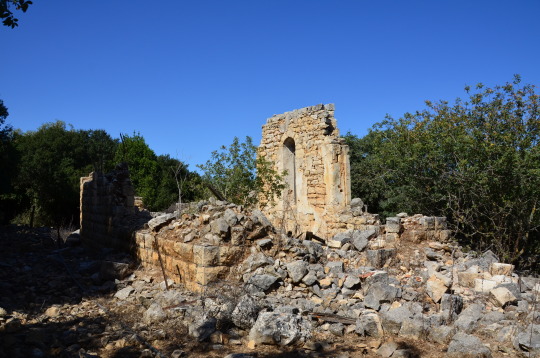
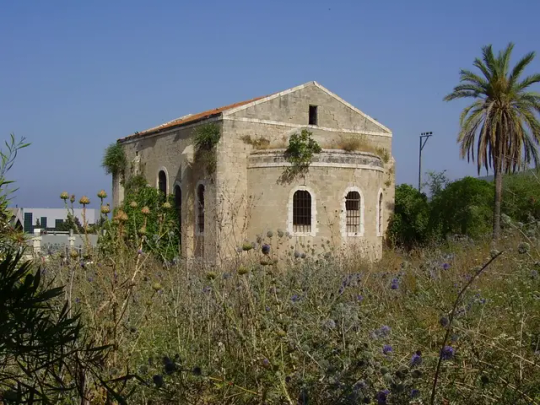
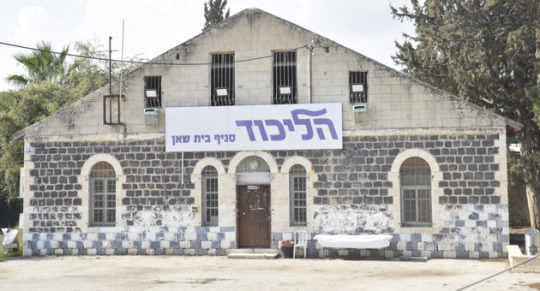
churches in palestine abandoned/destroyed after the 1948 nakba:
church of st. jacob, a melkite catholic church in the christian village of ma'alul. it was restored in 2010 and is currently managed by descendants of the village's original inhabitants. the rest of the village's land is owned by the jewish national fund.
church of our lady, a maronite church in the village of kafr bir'im. it is the only intact remainder of the village after it was destroyed by occupation forces in 1953. since 1972, it has been maintained by descendants of the kafr bir'im villagers who were displaced within palestine.
st. mary's church, a melkite catholic church in the christian village of iqrit. despite the villagers' appeals to the israeli supreme court to allow them to return, the village was destroyed by the idf in 1951. descendants of iqrit villages who were displaced within palestine today retain an outpost nearby and bury their dead in its cemetery.
mari yohanna church, a maronite church in the village of al-mansura. the maronite church requested that the villagers be allowed to return but were refused. the houses in the village have been completely leveled, and the collapsed church is the only structure still standing.
melkite catholic church in the village of al-bassa, to which almost all of the villagers belonged. occupying forces ordered them to bury younger people they had shot outside the church in front of them.
latin catholic church in the village of beisan, whose residents were expelled. the town was resettled and named beit she'an. the building is now the headquarters of the local branch of the likud party.
#palestine#worship#christian#nakba#my posts#yes i saw that one comment on this im ignoring them on purpose
362 notes
·
View notes
Text
youtube
Beit She'an housed an ancient Canaanite stronghold & when King Saul disobeyed God, he was killed here. King David & later Solomon established the Israelite settlement here.
#WalktheBible#BeitShean#Beisan#Bethshean#Scythopolis#BetShean#NorthIsrael#BetSheanNationalPark#IsraelPass#IsraelNationalParks#BiblicalBetShean#Israel#visitisrael#holyland#bibletravel#christiantravel#israelinstagram#israeloftheday#israeltrip#israelgram#talesofisrael#biblicaltravel#IsraelViews#ChristianPilgrimage#ChristianTraveller#KingDavid#KingSaul#Solomon#Hellenistic#shorts
3 notes
·
View notes
Text

Pottery mold of Qetesh-type goddess standing on horse, holding flowers, flanked by two male gods Tel Qarnayim in the Beisan valley / Beit She'an, Israel c. 1200 BCE?
"Qetesh" Goddess, Anat? Ashtart? Previously thought to depict Asherah / Ashirat but this is nowadays considered unfounded.
#qedeshet#qetesh#ashirat#asherah#astarte#ashtart#anat#goddess#egypt#egyptian gods#canaan#canaanite gods#phoenicia#phoenician gods#aram#aramean gods#syria#syrian gods#levantine gods#mesopotamia#mesopotamian gods#pagan gods#polytheism#archeology#magic#witchcraft#witchblr#paganblr#occult
8 notes
·
View notes
Text
youtube
The Epic Battle That Stopped the Mongols and Changed History: Ain Jalut In 1260, the Mongols, led by Hulagu Khan, were on a mission to conquer the Middle East. But their quest for domination was met with fierce resistance at the Battle of Ain Jalut. The Mamluks, a military elite made up of former slave soldiers, formed a circular formation called a "ghazwa" and deployed their heavily-armored cavalry at the front to absorb the initial Mongol charge. The Mamluks then counterattacked with their lighter, more agile cavalry, using hit-and-run tactics to wear down the Mongols. The Mamluk infantry, armed with spears, shields, and swords, formed a protective barrier for the cavalry and helped to repel the Mongol cavalry when they tried to break through the Mamluk lines. The Mongols charged toward the Mamluk army with their superior cavalry and mounted archers, trying to break through the Mamluk lines. However, they were unable to overcome the Mamluk defense and were eventually forced to retreat. The battle took place near the Ain Jalut spring in southeastern Galilee, near the site of the present-day city of Beit She'an, Israel. This victory marked the end of the threat of Mongol domination in the region and allowed the Mamluks to establish themselves as the dominant power. The Battle of Ain Jalut is an epic tale of bravery and determination that changed the course of history. This video explores the thrilling events of this historic battle and its lasting impact on the region. Get ready to witness the epic battle that stopped the Mongols and changed the course of history. Don't miss out and hit the play button now This historical cinematic battle was created using Atilla Total War with the 1212 AD mod. #aditulaudis #cinematicbattle #ainjalut Mods used: 1212 AD Timecodes: 00:00 Introduction 02:08 Baibars leads a vanguard to slow the Mongol advance 04:03 Baibars retreats under pressure 05:04 Mamluks fire and retreat on horseback 06:56 Kitbuqa faces the Mamluk main army 07:30 Mongols feign retreat 07:46 Kitbuqa decides to charge the heavy cavalry 08:42 Qutuz charges on his right wing 08:59 Kitbuqa is determined to break the Mamluk left 09:55 The battle continues 10:48 The Mamluk left flank collapses 11:07 Qutuz rallies his men and reinforces the left flank 11:56 The tide of battle turns 13:29 The Mongols are surrounded by Qutuz 13:59 Conclusion Music: Atilla Total War Soundtrack via YouTube https://www.youtube.com/watch?v=bwhWnRhcMQo
0 notes
Link
0 notes
Text
Exporter of Multi Layer Blown Film Machine in Israel

Adroit Extrusion is an Exporter of Multi Layer Blown Film Machine in Israel. We are ISO 9001:2015 certified company, in Ahmedabad, Gujarat, India. Adroit Extrusion is a Manufacturer, Supplier, and Exporter of Monolayer Blown Film, ABA and AB Blown Film Machine, and MultiLayer Blown Film Machines. Manufacturers utilize our multi-layer blown film machines as versatile tools to produce sophisticated multi-layered plastic films. These films cater to diverse packaging needs, offering varied properties essential for different applications. Types of Multi Layer Blown Film Machine Three-Layer Five-Layer Seven-Layer Features: Extrusion: The circular die extrudes molten plastic polymers, forming a continuous tube of plastic. Inflation: Air inflates the tube into a bubble when introduced through the center of the die, allowing the film to expand and thin to the desired thicknesses. Cooling and Solidification: As the bubble ascends, it passes through air rings that cool and solidify the layers, ensuring they bond into a cohesive film structure. Flattening and Winding: Nipping rollers collapse the inflated bubble into a flat double-layer film, which operators then wind onto reels for subsequent processing or shipping. Adroit Extrusion is an Exporter of Multi Layer Blown Film Machine in Israel including locations like Tel Aviv-Yafo, Haifa, Jerusalem, Rishon LeTsiyon, Petah Tikva, Be'er Sheva, Netanya, Ramat Gan, Ashkelon, Nazareth, Safed, Rehovot, Beit She'an, Nahariyya, Bat Yam, Tiberias, Qiryat Shemona, Ramla, Holon, Bnei Brak, Kefar Sava, Eilat, Ashdod, Herzliya, Karmiel, Hadera, Afula, Dimona, Nof HaGalil, Arad, Kiryat Ata, Kiryat. Contact us today to explore how our multi-layer blown film machines can elevate your packaging solutions with advanced technology and versatility. View Product: Click Here Read the full article
0 notes
Text
Image description: black background with white text that says:
It's not "Tel-Aviv" it's Jaffa.
It's not "Yerushalayim" it's Al-Quds.
It's not "Ako" it's Akka.
It's not "Beit She'an" it's Bisan.
It's not "Ahihud" it's Al-Birwa.
It's not "Eliat" it's Um Al-Rashrash.
It's not "Ashkelon" it's Asqalan.
It's not "Netanya" it's Um-Khaled.
It's not "Be'er Sheva" it's Bir Al-Sabaa.
It's not "Jezreel" it's Zar'in.
It's not "Kiryat Shemona" it's Al-Khalisa.
It's not "Zakharia" it's Qiryat Zakaria.
It's not "Kiryat Gat" it's Qiryat Iraq Al-Manshiya.
It's not "Israel" it's PALESTINE.
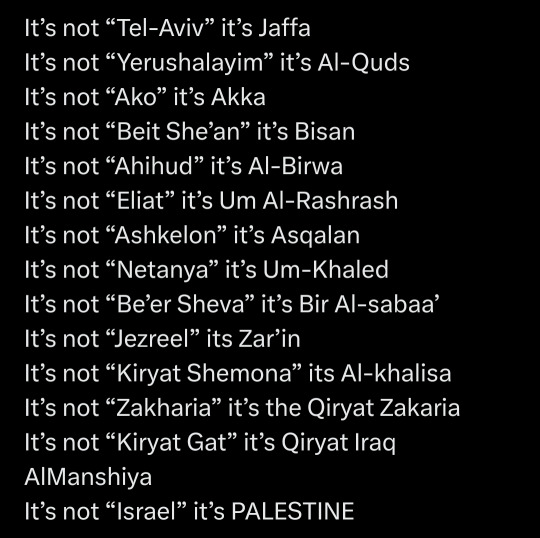
#call the places by their original names#don't let them paint over it#palestine#fuck israel#free gaza#gaza#gaza strip#free palestine
6K notes
·
View notes
Text

EVIDENCIA DE SELLOS PARA MARCAR ENVÍOS O PRECINTAR HACE 7.000 AÑOS
Arqueólogos de la Universidad Hebrea de Jerusalén han descubierto la primera evidencia del uso de sellos para marcar envíos o para cerrar silos o graneros, datada en 7.000 años.
Se trata de una pequeña impresión de sello de arcilla, con dos sellos geométricos diferentes impresos en ella, descubierta en Tel Tsaf, una aldea prehistórica ubicada en el norte del valle de Beit She'an en Israel.
El descubrimiento se realizó como parte de una excavación que tuvo lugar entre 2004 y 2007 y fue dirigida por el profesor Yosef Garfinkel de HU junto con dos de sus estudiantes, el profesor David Ben Shlomo y el Dr. Michael Freikman, quienes ahora son investigadores de la Universidad de Ariel.
Originalmente se encontraron ciento cincuenta sellados de arcilla en el sitio, uno de los cuales es particularmente raro y de distinta importancia histórica. El objeto fue publicado en la revista Levant.
Los sellos, también conocidos como 'bulla', están hechos de un pequeño trozo de arcilla que se usaba en tiempos históricos para sellar y firmar cartas y para evitar que otros leyeran su contenido.
El sellado encontrado en Tel Tsaf es particularmente significativo porque es la primera evidencia del uso de sellos para marcar envíos o para cerrar silos o graneros. Cuando se abría la puerta de un granero, la impresión del sello se rompía, una señal reveladora de que alguien había estado allí y que el contenido del interior había sido tocado o robado.
"Incluso hoy en día, se utilizan tipos similares de sellado para evitar la manipulación y el robo", explicó Garfinkel. "Resulta que esto ya estaba en uso hace 7.000 años por propietarios de tierras y administradores locales para proteger su propiedad".
Con menos de un centímetro de ancho, el fragmento se encontró en excelentes condiciones debido al clima seco del valle de Beit She'an. El sellado está marcado por líneas simétricas. Si bien muchos sellamientos encontrados en el Primer Templo de Jerusalén (hace unos 2.600 años) incluyen un nombre personal y, a veces, figuras bíblicas, el sello de Tel Tsaf es de una era prehistórica, cuando la escritura aún no estaba en uso.
Esos sellos estaban decorados con formas geométricas en lugar de letras. El hecho de que haya dos sellos diferentes en la impresión del sello puede indicar una forma de actividad comercial en la que dos personas diferentes participaron en la transacción.
El fragmento encontrado se sometió a un análisis exhaustivo antes de que los investigadores pudieran determinar que de hecho se trataba de una impresión de sello. Según Garfinkel, esta es la evidencia más temprana de que los sellos se usaron en Israel hace aproximadamente 7.000 años para firmar entregas y mantener cerrados los almacenes. Si bien se han encontrado focas en esa región que datan de hace 8.500 años, no se han encontrado impresiones de focas de esa época.
Con base en un análisis científico cuidadoso de la arcilla del sello, los investigadores encontraron que no era de origen local, sino que provenía de un lugar al menos a diez kilómetros de distancia.
Otros hallazgos arqueológicos en el sitio revelan evidencia de que los residentes de Tel Tsaf estaban en contacto con poblaciones mucho más allá del antiguo Israel. "En este mismo sitio tenemos evidencia de contacto con pueblos de Mesopotamia, Turquía, Egipto y Caucasia", agregó Garfinkel. "No hay ningún sitio prehistórico en el Medio Oriente que revele evidencia de un comercio a larga distancia de artículos exóticos como lo que encontramos en este sitio en particular".
El sitio también arrojó pistas de que el área era el hogar de personas de considerable riqueza que acumularon grandes almacenes de ingredientes y materiales, lo que indica un considerable desarrollo social. Esta evidencia apunta a Tel Tsaf como una posición clave en la región que sirvió tanto a las comunidades locales como a las personas de paso.
0 notes
Video
youtube
Livro de Amós Aula 1 - A Estela de Beit She'an e os Raham do sul de Canaã.
0 notes
Photo





Source
66 notes
·
View notes
Text
I live near Beit-She'an (or at least used to, it's complicated)
Being an Israeli:
Me: yeah, so she has a boyfriend who lives near bet-shean, in <name of place>
My mom, half listening: your grandpa established <name of place> with his friends from the army when he was 18, you know that, right?
48 notes
·
View notes
Link
Two Roman busts were found in early December near the Israeli city of Beit She’an by a local resident who spotted the top of one sticking out of the ground as she was walking with her husband.
The couple called the Israel Antiquities Authority Theft Prevention Unit, and inspectors were quickly sent to the site. Together, they unearthed the first bust and found another one right next to it.
It’s not unusual for Israelis out hiking to come across archeological treasures. As ISRAEL21c reported in 2016, even children have stumbled upon relics out in nature.
By law, antiquities belong to the state and may not be hoarded, sold or traded. Those who turn them in to the Israel Antiquities Authority get a certificate of good citizenship, special tours and media attention.
The statues found in Beit She’an, which date to the Late Roman period (3rd–4th centuries CE), were taken to the Israel Antiquities Authority laboratories for preservation.
Read More: Israel21c
10 notes
·
View notes
Link
0 notes
Text

my favorite genre of photo is “excited scientist lying down next to a very big fossil/animal/object/etc they have found to show off how big it is”
77K notes
·
View notes
Photo

Valley of Beit She’an
Source: Nature in Israel: Photography by artist Noam Chen
1 note
·
View note
